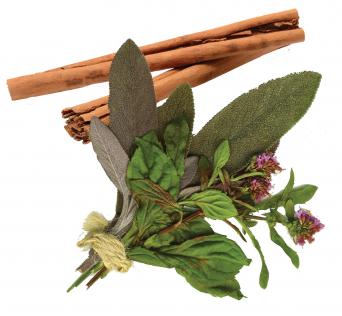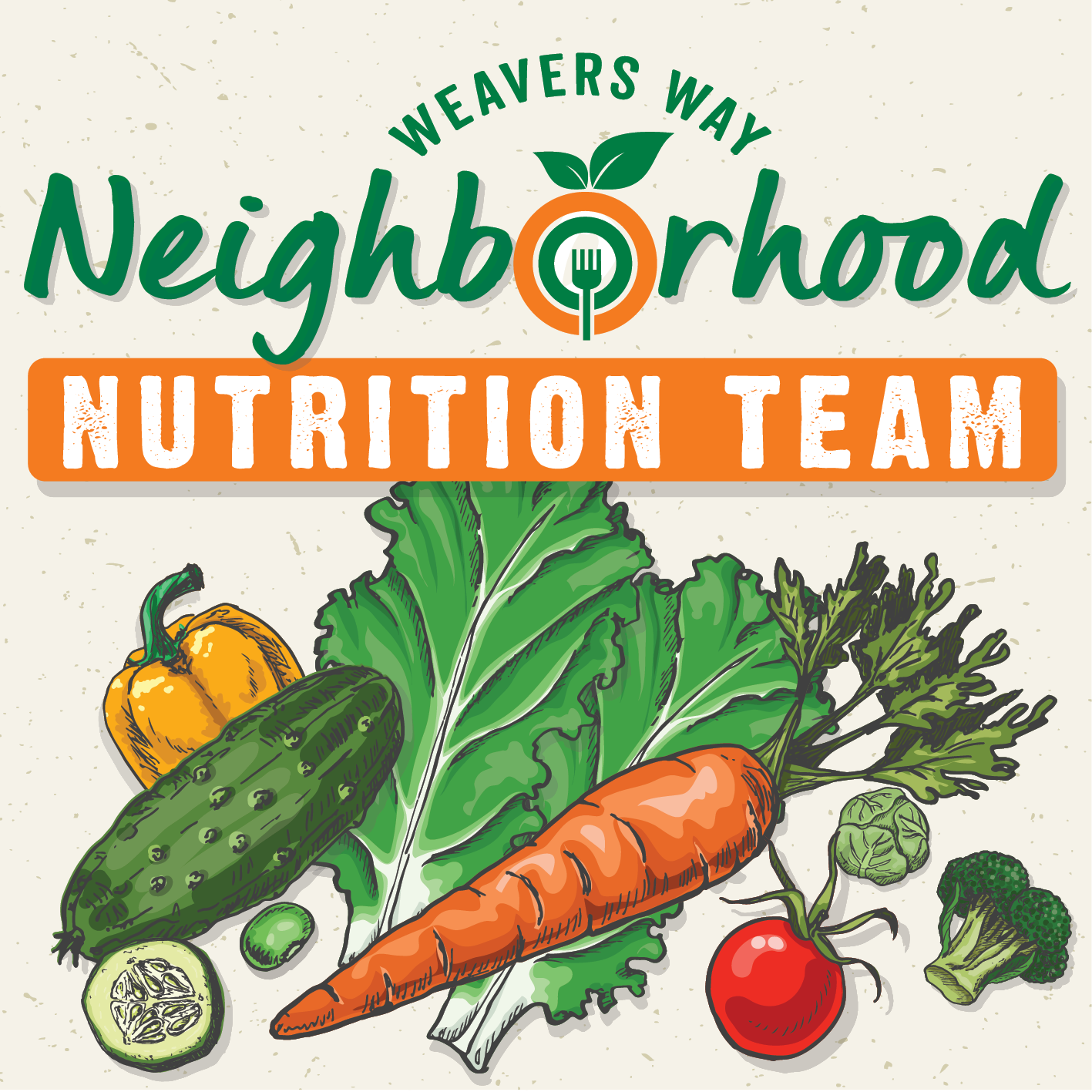
Neighborhood Nutrition Team: Boosting Health and Well-Being with Herbs and Spices


WHAT THE TEAM HAS IN STORE
‘Tis the season to begin incorporating more herbs into your daily life to promote holistic health and wellness. The Neighborhood Nutrition Team will host the ever-so popular DIY Fire Tonic workshop in Mt. Airy, along with a workshop on herbs for everyday wellness in the Ambler Cafe.
NEIGHBORHOOD NUTRITION TEAM OPEN HOURS AT WEAVERS WAY LOCATIONS:
- Tuesday, Nov. 5, 4-6 p.m. - Chestnut Hill
- Tuesday, Nov. 12, 4-6 p.m. - Mt. Airy
- Tuesday, Nov. 19, 4-6 p.m. - Ambler
WORKSHOPS
Visit www.weaversway.coop/events.
The earliest documentation from ancient civilizations points to the use of herbs and spices to enhance everyday life. They protected and preserved food, added flavor, and provided a wide variety of health-giving and medicinal uses to their communities. Today, many of us are interested in using herbs and spices but might not know exactly how.
Herbs refer to the leaves of a plant and are often used in cooking. Spices, on the other hand, refer to other parts of the plant, like the berries, seeds, bark, roots, etc. Herbs and spices are powerful antioxidants and can be used in so many ways to improve our health. Here are a few you can use starting today.
Cinnamon is a familiar spice frequently used as an ingredient in many different types of recipes and baked goods, especially at this time of year. (Pumpkin spice anyone?) In addition to being tasty, cinnamon also has potent antioxidant properties and may help reduce inflammation. It is also known for its impact on reducing blood glucose levels. The compound responsible for these effects is called cinnamaldehyde. Ceylon cinnamon is the type recommended for these health benefits. You can find it in supplement form in the wellness departments at Weavers Way. Try adding cinnamon to oatmeal, pumpkin muffins, or scones. I drizzle my beets and squash with olive oil, a little maple syrup, cinnamon, salt, and pepper (yes, all of them) and roast them for 45 minutes at 400°. They’re absolutely delicious!
As we move into the fall months, I can’t get enough sage. This herb literally gets its name from the Latin word salvere, meaning “to save.” Current research suggests that sage may play an important role in improving brain function and memory in individuals with Alzheimer’s disease. Sage is a delicious addition to roasted winter squash. It pairs beautifully with sweet potatoes, butternut squash, pumpkin, and so many others. Drizzle the leaves with olive oil and roast them along with your squash for a real treat.
Thyme is another herb I really like to cook with this time of year. Thyme is one of the primary herbs in my favorite butternut squash soup recipe. It’s part of the mint family and is known for its antibacterial properties. Thyme is used to treat acne, and may have a beneficial effect on blood pressure. I love to roast thyme with my vegetables or throw a sprig or two in my soups and let it impart its flavor while the soup simmers (You can remove it before serving.) Thyme may also be effective at boosting mood.
Another herb I use a lot this time of year is rosemary. It contains the active ingredient rosmarinic acid, which may suppress allergic responses and nasal congestion, and is anti-inflammatory in nature. Rosemary is delicious roasted on potatoes and it also goes really well in marinades. Rosemary leaves can also be steeped in boiling water and made into a tea.
As we all strive to be more connected to the earth and to improve our health in a natural way without pharmaceuticals, herbs can play an important role. Make it your goal to try one new herb this week and see all the different ways you can use it.
